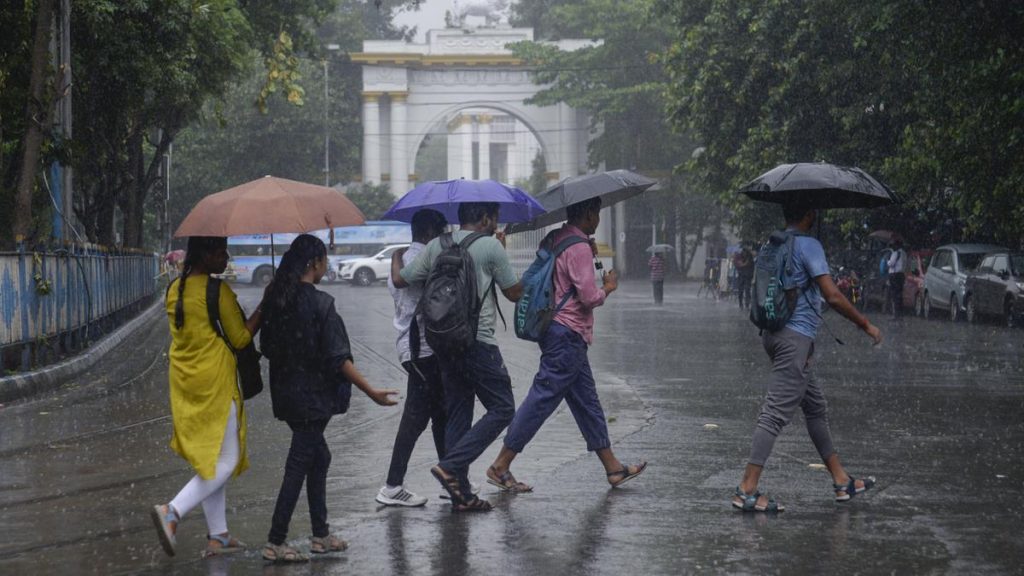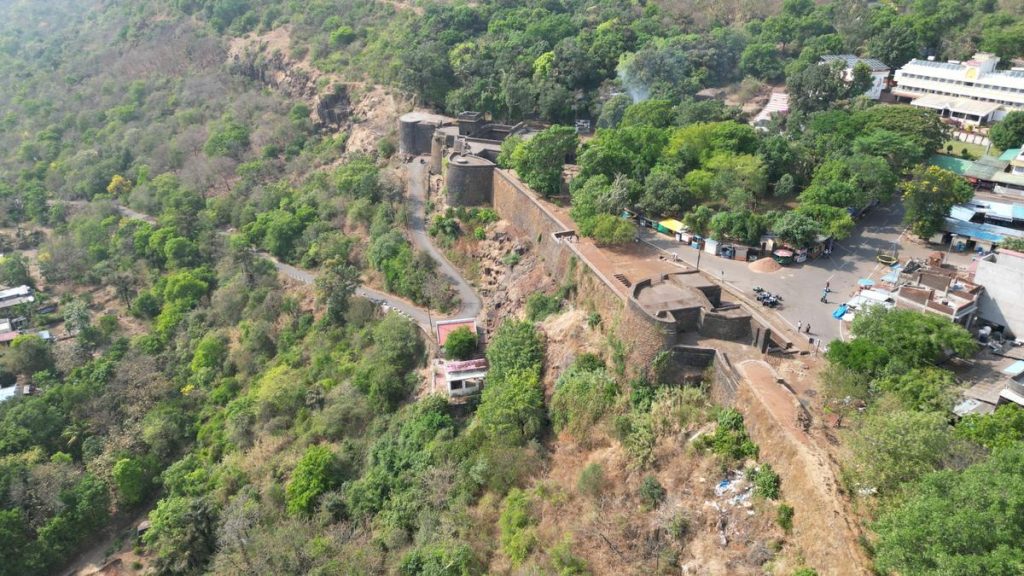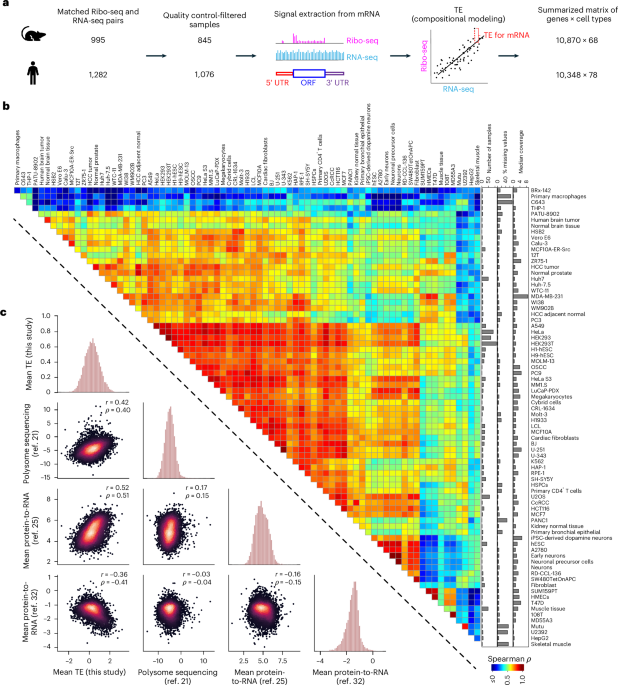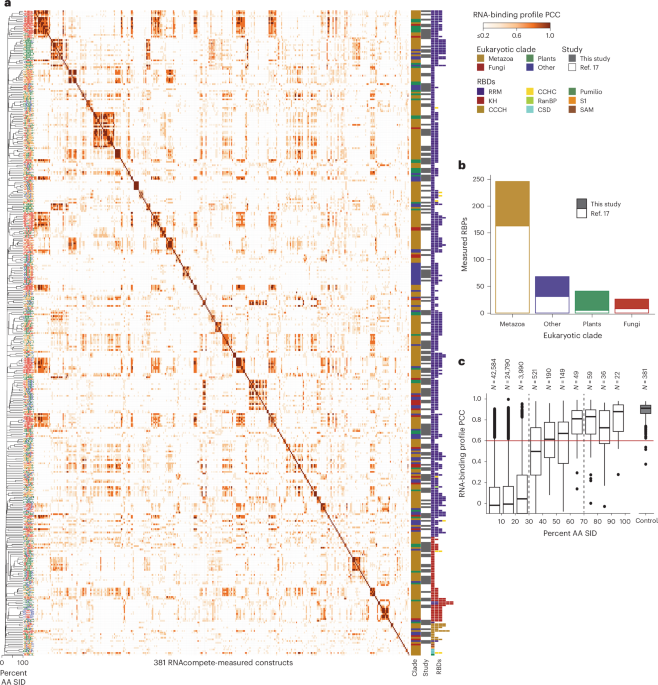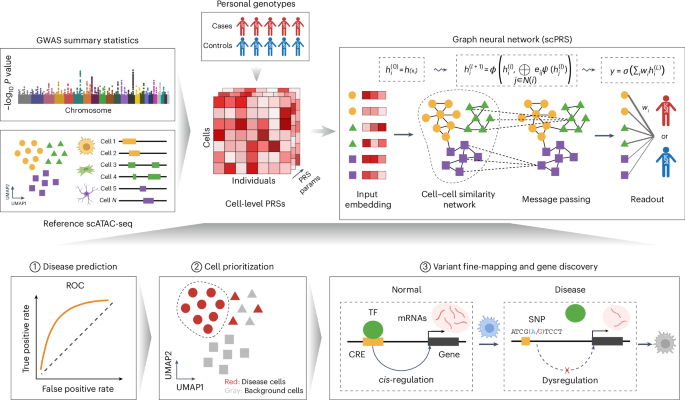Now Reading: Tracking Storms from Space
-
01
Tracking Storms from Space
Tracking Storms from Space
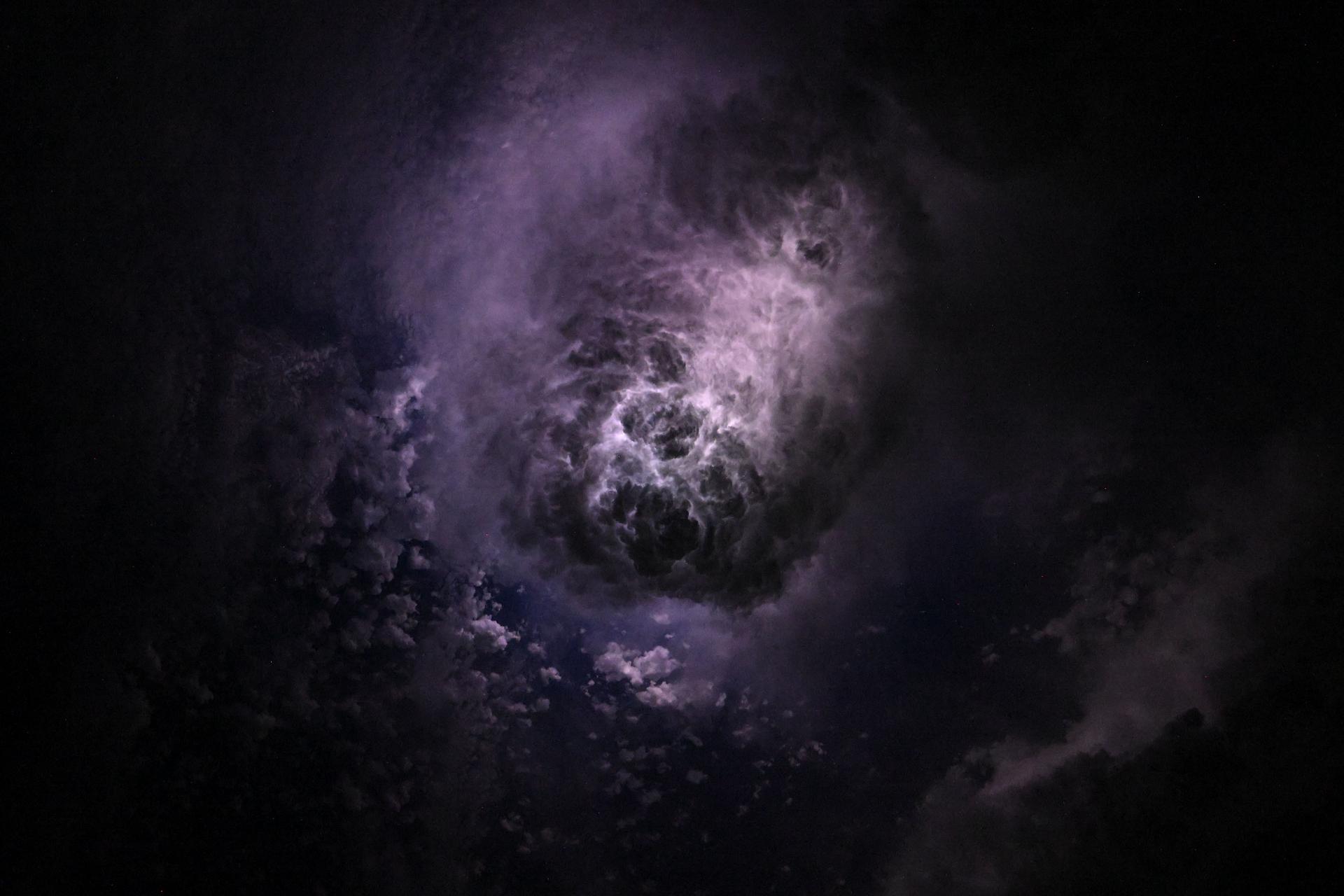
Rapid Summary
- scientists are using instruments on the International Space Station (ISS) to study phenomena in Earth’s upper atmosphere, including thunderstorms, lightning, and transient luminous events (TLEs).
- TLEs such as blue jets and SPRITES occur above thunderstorms and can disrupt dialog systems while posing risks to aircraft and spacecraft.
- The ESA-led ASIM investigation uses external monitors on the ISS to collect data on these upper atmospheric events for advancing atmospheric models.
– Studies based on ASIM data recently confirmed a new TLE phenomenon called ELVES, massive glowing rings affecting Earth’s ionosphere.
– Data from ASIM also helped describe corona discharges in thunderstorm clouds linked to lightning initiation mechanisms.
– Ground electric field measurements combined with ASIM observations enabled calculating the height of blue discharges from storm clouds.
- Another ESA experiment, Thor-Davis, utilizes high-speed cameras aboard ISS windows to capture electrical activity during violent storms at speeds up to 100,000 frames/second.
- A JAXA investigation named Light-1 CubeSat deploys compact satellite detectors for observing terrestrial gamma-ray flashes (TGFs), which pose radiation risks for aircraft electronics and passengers. This approach is cost-effective compared to customary observation methods.
indian Opinion Analysis
India’s growing interest in space research could benefit substantially from findings related to thunderstorms and transient luminous events (TLEs) as explored by instruments aboard the International Space Station. These advanced studies provide detailed insights into weather phenomena that directly affect aviation safety-critical for India’s expanding air traffic infrastructure-and satellite communications-centralized for national projects like ISRO’s space programs.
Additionally, with India manufacturing low-cost satellites under platforms such as PSLV launching CubeSats globally, integrating similar capabilities seen in JAXA’s Light-1 CubeSat mission could further solidify India’s leadership position in small satellite innovation. Crucially though neutral data-backed hazard-disruption tool radar passive avoids pending clearer Tech-import-policy(scope identifiers)


